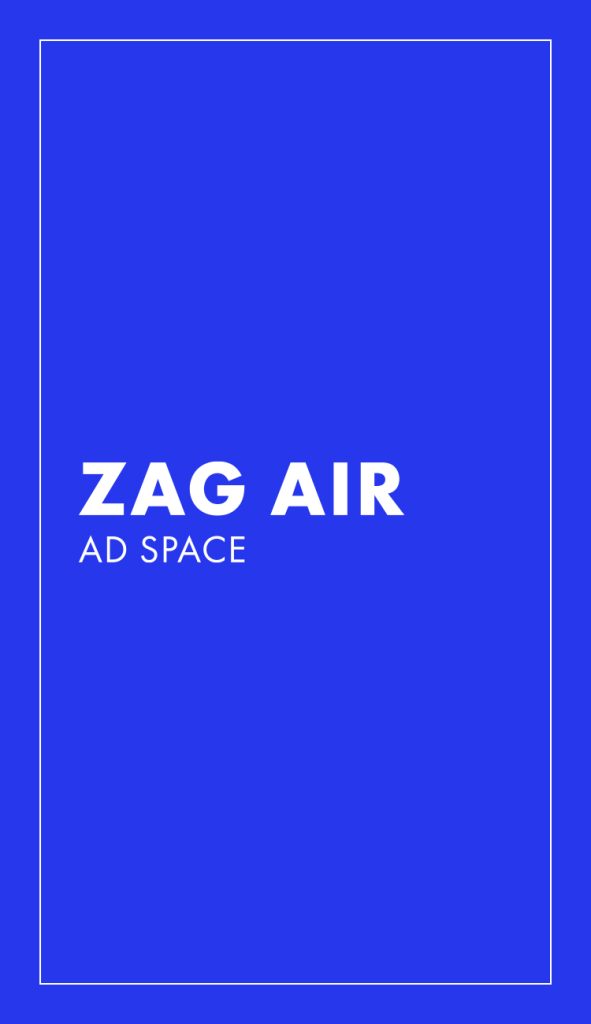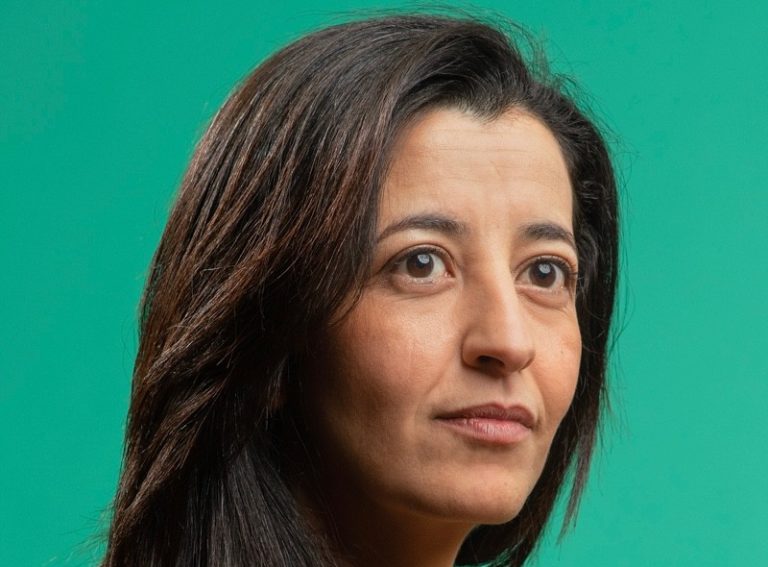Nikhil Goel has one of the most impressive resumes I’ve ever seen.
Recognised as a Forbes 30 Under 30 awardee in Consumer Technology, he’s worked at NASA, Microsoft, Google, McKinsey, Uber and now Archer.
At Uber he worked with former CEO Travis Kalanick to found the Aviation Division known as Uber Elevate, which he later sold to Joby.
Today he’s the Chief Commercial Officer at American eVTOL manufacturer Archer Aviation.
“By the time we hit 2020, the eVTOL company in my mind that would get their first with the right experience and the right aircraft design was Archer, so I left Uber and brought over a lot of the team.”
Archer’s 4-passenger air taxi dubbed Midnight is capable of travelling at speeds of up to 150 mph and is 100 times quieter than a helicopter cruising at altitude.
Zag Daily: How close is Archer to launching its first operation?
Nikhil: “The goal is to launch commercially somewhere in the world by the end of next year.”
Zag Daily: Wow, that’s very soon. So you think you’ll be the first eVTOL operator to get regulatory approval?
Nikhil: “It’s hard for me to talk about what others are doing but our timeline is now looking like the end of 2025. We feel confident in our ability to do that because here in the U.S. we’ve been making lots of progress with the federal regulator, the FAA, working together hand in hand to really define what the safety standards are by giving the FAA lots of insight into what we’re building and how. Then internationally, we’ve just seen unbelievable traction. In the UAE, we recently struck a deal with the Abu Dhabi Investment Office, which gives us, over time, hundreds of millions of dollars to build out the technology in the country. We’ve also signed a deal with Etihad Airways who bring a serious amount of experience to go do that. In India we’re working with one of the top airlines in the world, IndiGo, and a gentleman named Rahul Bhatia who founded that airline. They want to bring us to the country as quickly as possible. And then we’ve got Korea where we’re doing a lot of good work with LG and Kakao, which is like the Uber of Korea, so we’re simultaneously working on all of these certifications and pathways. We think the Middle East offers this real expedited pathway to be able to get there ahead of anybody else.”
Zag Daily: Is the Middle East likely to be the first launch region then?
Nikhil: “I think there’s a good chance of this, yes. It is quite hard to confirm though because we’re pushing on all of them equally hard. The Middle East in particular, I think, has had a desire to be the first in the world. To launch a totally game changing technology, you have to have full out government support and that’s one of the things we’ve seen from the Middle East.”
Zag Daily: What would you say has been Archer’s biggest milestone achievement to date?
Nikhil: “To be honest, for me the number one thing has been our CEO and founder Adam Goldstein hiring Tom Muniz as CTO and Geoff Bower as Chief Engineer. These two gentlemen have built eight different eVTOL aircraft between them so they have all the lessons learned from the last 15 years. They can see around corners, they know what to do and, more importantly, what not to do. We’ve seen a lot of incredibly innovative eVTOLs but they’re not designed to be commercialised in the next year or two. There is no facility to print hundreds or thousands of units a year. And what Tom and Geoff know is exactly how to do that. They’re the reason we’ve been able to raise nearly one and a half billion dollars, the reason we’ve been able to take our Midnight aircraft from inception to transition so quickly, and the reason why we’re in a really good place with the certification authorities. When they look at our aircraft, they’re like, ‘Okay, this is super pragmatic. It doesn’t have any of the issues of aircraft that have come through our office previously. Nearly 80% of the components come from suppliers around the world like Honeywell, Garmin or Safran, folks that we’re really familiar with’. So there’s no crazy 3D printed stuff here. It’s all very practical which goes back to our team and why I think we’re going to be able to launch here within the next 18 months.”
Zag Daily: Earlier this month we reported that Archer is set to complete construction of its nearly 400,000 square foot manufacturing facility in Georgia by the end of the year. Will this be the largest in the world?
Nikhil: “By volume yes, at least to my knowledge. The reason this is so important is it demonstrates that we’re not building science projects here, we are building a mass scale business. And in order to do that, you not only have to design an awesome aircraft, you not only have to certify it, but you have to know in detail how you’re going to manufacture 1000s of these aircraft a year, and do it at a very low cost. The first thing we realised was that we had to go work with an automotive. Airplanes today, if you look at any of the big aerospace companies, they’re mostly hand built, and over 100 aircraft is considered to be a very large quantity. But if you actually look at history, it’s the big automotives that have had the biggest hand in manufacturing aircraft. The most aircraft America’s ever manufactured in any given time was by General Motors during World War II. GM produced the Grumman Avenger and the Grumman F4F Wildcat at record pace and those aircraft ended up being really critical to the war in the Pacific theatre. So we partnered with Stellantis, one of the largest automotives in the world which owns 14 iconic automotive brands like Chrysler, Maserati, Peugeot, Alfa Romeo and the team has been working with us to do two things. One, they’ve invested hundreds of millions of dollars into Archer, just $55 million last month. We also announced a contract manufacturing arrangement with them, which brings up to another $400 million of capital to really scale our manufacturing. Stellantis makes six million cars a year, they’ve got dozens of factories all over the world, they’re very skilled at hiring the right people and moreover, they’re going to fund it so it’s really powerful to have the right partner here so we can scale fast.”
Zag Daily: What is your total order book now?
Nikhil: “It is about $5.7 billion with total aircraft orders at 1141. This includes orders from IndiGo, our orders in Korea and it includes our newest order for 116 aircrafts we announced with Future Flight Global, a large aviation player, and then nearly 500 aircrafts in the Emirates and the Middle East.”
Zag Daily: What do you think is the main challenge Archer now needs to overcome?
Nikhil: “For us personally, it’s going to be about execution at this point. All the pieces are in place, the engineering is nearly complete, the designs are nearly locked, the air worthiness criteria has been published, the manufacturing facility is nearly open, the aircraft’s flying every day. Now there’s a lot of work to do to get these very well laid out plans into printing aircraft every single day. So there’s a lot of execution challenges that we personally have to figure out.”
Zag Daily: Who is one person you’d like to spotlight that you feel is fast tracking the development of AAM?
Nikhil: “The answer is really easy, Mark Moore. He’s largely considered to be the godfather of the industry. He first sat down with his colleagues at NASA about 40 years ago and said ‘hey guys, what if we use batteries to power vertical lift aircraft for people?’ And everyone was like, ‘You’re crazy, no way. Batteries are just not that powerful yet’. He pushed back and said if we continue the extrapolation curve, they will be and we can start building demonstrator aircraft now that’ll go three miles and carry one person and then over time, in 40 years, we’ll have a fully fledged solution. Finally NASA gave him some funding and he built several demonstrator aircraft, one was called the Puffin, and for 35 years he just continued to advance the field of these battery powered propellers learning how to make them quiet, safe and efficient. That technology he developed with NASA, he open sourced it and so all of the big companies, whether it’s Archer or Joby or the others, they’re all using the learnings from him, so he is probably the number one person to thank for any of this becoming a reality.”




